Jasmine Rice: Benefits, Nutrition Facts, Recipes, And Risks
From reducing cancer risk to promoting heart health – this fragrant rice can do wonders!
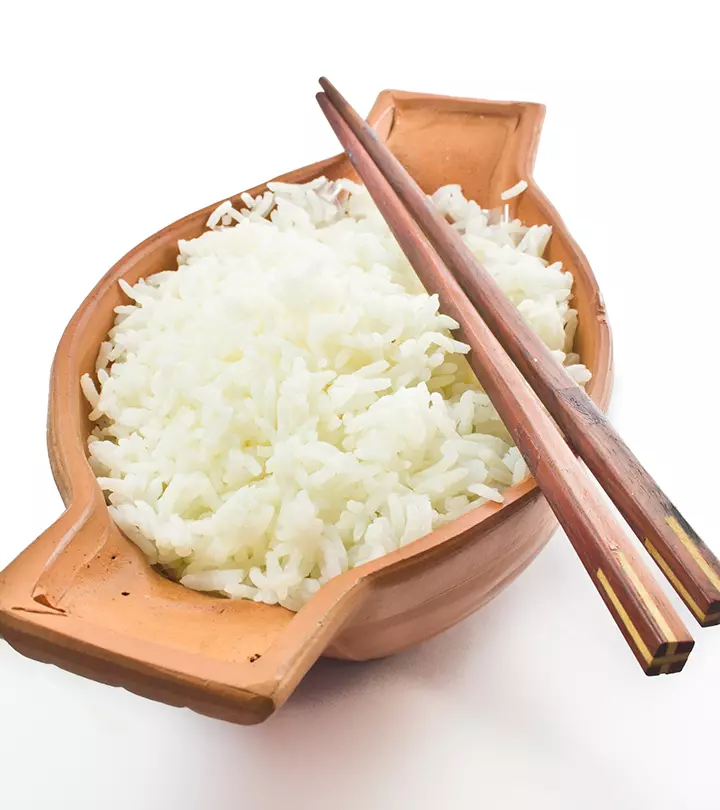
Image: Shutterstock
Rice is a staple grain in many cuisines. The many benefits of jasmine rice have made it a sought-after healthy alternative to white rice, along with brown rice or unpolished rice. In addition to being nutritious, it is also delicious. Its popcorn-like aroma has made this long-grained rice variant popular. Jasmine rice is packed with many essential nutrients. In this article, we look into the nutritional aspects, benefits, recipes, and possible downsides of jasmine rice. Keep reading.
In This Article
Is Jasmine Rice Good for You?
Jasmine rice stands as a slightly healthier alternative than white rice, but only when consumed in its unprocessed form. Processed jasmine rice is very similar to white rice. Colored variants of jasmine rice, like black red, purple, and brown, can be labeled as healthier alternatives.
 Did You Know?
Did You Know?Jasmine rice contains important nutrients. We will explore them in the next section.
Key Takeaways
- Unprocessed jasmine rice is a healthy alternative to white rice.
- It is available in different color variants and is a good source of antioxidants, phytochemicals, etc.
- Red and brown variants are said to be the healthiest options.
- However, you must consume jasmine rice in moderation to avoid blood sugar spikes.
Jasmine Rice Nutrition Facts
100 grams of jasmine rice contain the following nutrients:
| Energy | 129 Kcal |
| Protein | 2.86 g |
| Total lipid (fat) | 0.46 g |
| Carbohydrate, by a difference | 27.86 g |
| Fiber, total dietary | 0.7 g |
| Calcium, Ca | 14 mg |
| Iron, Fe | 0.26 mg |
| Fatty acids, total saturated | 0.14 g |
| Cholesterol | 0 g |
- All values are sourced from USDA
Potential Health Benefits Of Jasmine Rice
1. May Help Maintain Digestive Health
Jasmine rice, especially the brown variant, is high in fiber. Studies have shown that dietary fiber intake can increase stool frequency in patients with constipation. It may also help maintain digestive health. Additionally, research states that soluble dietary fiber is fermented by bacteria in the large intestine. This eventually increases the stool bulk and aids the proper functioning of digestive health.
2. May Help Improve Immunity
The health benefits of jasmine rice can be attributed to the colored variants alone. Studies show that these pigmented varieties of rice are rich in phytochemicals. Additionally, these phytochemicals were found to be generally preserved even while cooking. Research suggests that phytochemicals play an important role in improving immunity. Jasmine rice contains other antioxidants like anthocyanins, flavones, flavonols, carotenoids, and g–oryzanols. Studies suggest that these play a significant role in enhancing immunity.
3. May Offer Additional Antioxidant Benefits
Jasmine rice is believed to have a high antioxidant profile. It is known that free radicals can lead to oxidative damage, which may further trigger cellular and tissue damage. Studies show that antioxidants play a vital role in controlling this phenomenon. Research also shows that pigmented rice, like black or red jasmine rice, is a source of antioxidant compounds like flavonoids, tocopherols, and phenols. Some studies also suggest that antioxidants help reduce risk of cancer and heart disease.
4. May Promote Heart Health
Jasmine rice is believed to promote heart health due to its high antioxidant profile. Studies show that the extract from brown jasmine rice may exhibit significant cardioprotective effects. It is believed that the antioxidant activity of jasmine rice may offer these cardioprotective benefits. However, further studies are needed to understand this mechanism.
5. Is Rich In Fiber
Jasmine rice is high in dietary fiber. This dietary fiber plays a major role in promoting overall health. Research shows that dietary fiber may effectively help manage body weight, improve gut mobility, insulin sensitivity, and reduce inflammation. Additional studies also state that high dietary fiber intake is associated with reduced risk of blood pressure, obesity, gastrointestinal disorders like GERD, duodenal ulcer, diverticulitis, constipation, serum cholesterol levels. Fiber may also help improve insulin sensitivity.
6. May Minimize The Risk Of Cancer
Red jasmine rice is known to effectively inhibit tumor growth. The proanthocyanidin, γ-oryzanol, and γ-tocotrienol in red jasmine rice may help reduce the risk of cancer. Studies also state that proanthocyanidins (active compounds in red jasmine rice) significantly exhibit anti-cancer properties. They also may alter the expression of proteins associated with breast cancer.
7. Serves As A Modest Source Of Iron
Jasmine rice is a decent source of iron. The rice may help you meet 2% of your daily iron requirements. Studies show that dietary iron plays a vital role in oxygen transport, DNA synthesis, and electron transport. However, more studies are needed to understand the role of iron and its related health benefits in jasmine rice.
Now that you’re aware of the potential health benefits of jasmine rice, it’s intriguing to compare it to white rice. Is white rice healthy? Could jasmine rice be a healthier alternative? Let’s delve into this fascinating comparison!
Jasmine Rice Vs. White Rice: Nutrition Comparison
The table compares the nutrients in 100 grams of jasmine rice and white rice.
| Nutrients | Jasmine Rice | White Rice |
| Calories | 129 | 114 |
| Fat | 0.46 g | 0 g |
| Fiber | 0.7 g | 0.7 g |
| Protein | 2.86 g | 2.86 g |
| Carbohydrates | 27.86 g | 25.71 g |
| Iron | 0.26 g | 0 g |
| Calcium | 14 mg | 14 mg |
| Cholesterol | 0 g | 0 g |
- All the values of jasmine rice and white rice are sourced from USDA.
Jasmine rice can be cooked as regular rice. You may also make many delicious recipes using it. Check them out below.
Jasmine Rice Recipes
1. Yellow Jasmine Rice
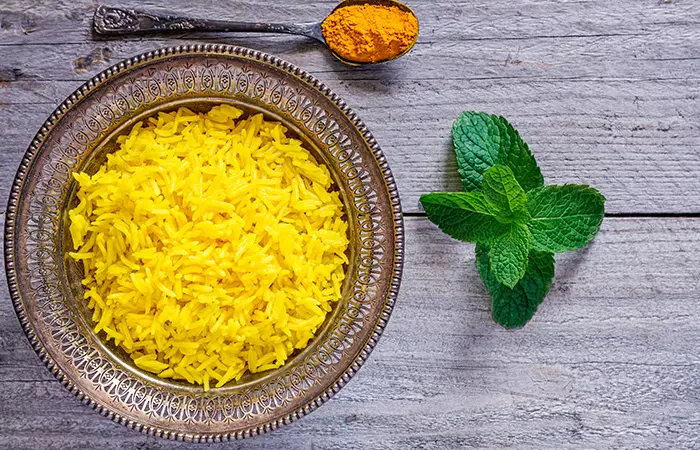
What You Need
- 2 cups uncooked long-grain jasmine rice
- 3 cups chicken/vegetable broth
- 2 tablespoons butter
- 2 cloves garlic, minced
- 1 teaspoon turmeric
- ¼ teaspoon cumin
- 1/8 teaspoon cinnamon
Method
- Add butter, garlic, turmeric, cumin, and cinnamon to a medium saucepot.
- Sauté them over medium heat for 1 to 2 minutes, until the garlic has softened.
- Add the dry rice to the pot. Stir and cook over medium heat for about 2 minutes to slightly toast the rice.
- You can hear a crackling noise as the rice toasts.
- Add the chicken/vegetable broth to the pot.
- Cover it with a lid, increase the heat to high, and bring it to a rolling boil.
- As soon as it reaches a full boil, adjust the heat to low and let it simmer for 20 minutes.
- After 20 minutes, turn the heat off and let it rest for 10 minutes.
- Serve hot.
2. Green peas Jasmine Rice
What You Need
- ¼ cup green peas
- 1 ½ cups dry jasmine rice
- 2 tablespoons olive oil
- 1 bay leaf
- 2 tablespoons chopped onion
- 3 cups water
- Salt, to taste
Method
- Place a saucepan over medium-low heat and warm the oil.
- Add the sliced onion and sauté it for 3 to 5 minutes.
- Add the green peas, jasmine rice, and bay leaf.
- Stir gently to coat the rice.
- Pour 3 cups of water into the saucepan and now add the salt.
- Increase the heat to medium and let the rice simmer for a while.
- Reduce the heat to low and let it simmer slowly. Keep it uncovered until all the liquid is absorbed.
- Cover the rice and remove it from heat. Allow it to rest for 30 minutes.
3. Toasted Jasmine Rice
What You Need
- 2 tablespoons olive oil
- 1 medium sliced onion
- 1 cup jasmine rice
- 2 cups vegetable/chicken broth
- ½ tablespoon of salt
- ½ tablespoon of black pepper
- 2 bay leaves
- 1 tablespoon of chopped parsley
Method
- Heat oil in a medium saucepan over medium-high heat.
- Add the chopped onions and sauté for 3 minutes.
- Add the rice and cook for 2 more minutes.
- Keep stirring gently to coat.
- Add the broth, salt, pepper, and bay leaf to the pan with rice.
- Bring to a boil.
- Now reduce the heat. Cover and simmer for 20 minutes. Wait until the liquid is absorbed.
- Remove pan from heat and let it stand for 10 minutes.
- Discard the bay leaf and sprinkle the chopped parsley.
4. Coconut Jasmine Rice
This recipe is versatile and easy to prepare. It complements various savory dishes while adding a tropical touch to your meals.
What You Need
- 1 cup Jasmine Rice
- 1 cup Coconut Milk
- 1 cup Water
- 1/2 teaspoon Salt
- Fresh cilantro, for garnish (optional)
Method
- Rinse the rice until clear.
- Combine rice, coconut milk, water, and salt in a saucepan.
- Bring the mix to a boil, then simmer covered for 15 minutes until tender.
- Let it rest for 5 minutes and fluff it with a fork.
- Garnish with fresh cilantro, if desired.
- Serve Coconut Jasmine Rice, a fragrant and creamy side dish.
A Vietnamese food blogger wrote about how she missed jasmine rice cooked by her mother while she was in college. She wrote, “I mean, I like brown rice occasionally, but daily with Vietnamese food, I gotta have Vietnamese jasmine white rice (i).”
Want to make your jasmine rice recipes healthier? Read the next section.
Tips for Making Jasmine Rice Healthy
- Choose healthier alternatives of jasmine rice like red or brown variants.
- Cooking jasmine rice in vegetable/ chicken broth instead of plain water enhances its nutrient content.
- Mix jasmine rice with spices and herbs like onion, ginger, garlic, etc. to reap the benefits.
- Be mindful of your portion size.
- Mix jasmine rice with green leafy vegetables like spinach or amaranth for a unique aroma and added benefits.
 Fun Fact
Fun FactJasmine rice is generally safe when consumed in moderation. However, some may experience certain side effects. We have listed them below.
Potential Risks of Jasmine Rice
1. May Result In Blood Sugar Spikes
Any rice variant is a carbohydrate. Ingestion of carbohydrates in excess may result in a spike in blood sugar levels. Studies show that the glycemic index of a few jasmine rice varieties is high. Consuming these varieties may cause an immediate spike in blood sugar levels. Hence, it is highly advised to consume jasmine rice in moderation.
2. The High Arsenic Levels May Exhibit Negative Effects
As per a study, increasing population and little rainfall is contributing to contamination of groundwater with arsenic. This eventually may also lead to arsenic contamination of rice irrigated with groundwater. While information about arsenic contamination of jasmine rice is limited, the possibility cannot be ignored.
3. May Aggravate Rice Allergy
Anecdotal evidence suggests that jasmine rice may aggravate existing rice allergy. Studies suggest that rice allergy is primarily caused by rice proteins. Hence, one must avoid all variants of jasmine rice if they have a history of rice allergy.
Jasmine rice is aromatic and has a rich nutritional profile. This delicious rice is the healthiest option over white rice. The high fiber, protein, and phytochemical compounds in jasmine rice benefit your health in numerous ways. The intake of this rice may help maintain digestive health, improve immunity, promote cardioprotective benefits, and minimize cancer risk. You can prepare jasmine rice in many ways. However, it may increase blood sugar levels way too much, cause allergies, and arsenic contamination in some people. Stop eating if you experience any negative effects after eating jasmine rice, and consult your doctor in case of emergencies.
Frequently Asked Questions
Is jasmine rice healthier than Basmati?
Basmati rice is healthier than jasmine rice because of its low glycemic index, which is suitable for people with diabetes.
Does jasmine rice cause bloating?
Rice is not commonly considered a cause or trigger for bloating. So jasmine rice doesn’t cause bloating or gas. But you consumed it alongside other foods that may cause bloating.
Is jasmine rice good for your liver?
Many anecdotal evidence suggests that brown jasmine rice may help protect against fatty liver disease. However, limited data is available to prove this claim.
Is jasmine rice Keto-friendly?
No. Jasmine rice is not considered keto-friendly due to its high carb values. Even a small amount or serving of jasmine rice contains more carbs, which makes it not a keto-friendly food choice.
Is jasmine rice healthier than potatoes?
Potatoes are a healthier option than jasmine rice due to the presence of more nutrients. However, if you add any toppings to potatoes, their fat and calorific values increase significantly, making them unhealthy.
Tasteful health benefits with a tantalizing aroma—that is jasmine rice for you! Moreover, it promotes digestion and supports your overall health. Check out the video to learn more about it!
Personal Experience: Source
i. How to Cook Jasmine Rice
https://wanderingchopsticks.blogspot.com/2008/08/how-to-cook-jasmine-rice.html
References
Articles on StyleCraze are backed by verified information from peer-reviewed and academic research papers, reputed organizations, research institutions, and medical associations to ensure accuracy and relevance. Read our editorial policy to learn more.
- Effect of dietary fiber on constipation: A meta-analysis
https://www.ncbi.nlm.nih.gov/labs/pmc/articles/PMC3544045/ - Dietary fiber in irritable bowel syndrome (Review)
https://www.spandidos-publications.com/10.3892/ijmm.2017.3072 - Health-Promoting Compounds in Pigmented Thai and Wild Rice
https://www.ncbi.nlm.nih.gov/labs/pmc/articles/PMC5296678/ - Free radicals, antioxidants, and functional foods: Impact on human health
https://www.ncbi.nlm.nih.gov/pmc/articles/PMC3249911/ - Exploring the multifocal role of phytochemicals as immunomodulators
https://www.sciencedirect.com/science/article/pii/S0753332220311513 - Thermal Kinetics of Gamma–Aminobutyric Acid and Antioxidant Activity in Germinated Red Jasmine Rice Milk using Arrhenius, Eyring-Polanyi and Ball Models
http://www.foodandnutritionjournal.org/volume9number2/thermal-kinetics-of-gamma-aminobutyric-acid-and-antioxidant-activity-in-germinated-red-jasmine-rice-milk-using-arrhenius-eyring-polanyi-and-ball-models/ - Phytonutrients as therapeutic agents
https://www.degruyter.com/document/doi/10.1515/jcim-2013-0021/html - Bioactive compounds and antioxidant activities of red (Brown Red Jasmine) and black (Kam Leum Pua) native pigmented rice
https://www.researchgate.net/publication/291285347_Bioactive_compounds_and_antioxidant_activities_of_red_Brown_Red_Jasmine_and_black_Kam_Leum_Pua_native_pigmented_rice - NATURAL ANTIOXIDANTS AND ITS BENEFITS
https://www.researchgate.net/publication/270593041_NATURAL_ANTIOXIDANTS_AND_ITS_BENEFITS - Dietary Antioxidants and Health Promotion
https://www.ncbi.nlm.nih.gov/labs/pmc/articles/PMC5789319/ - Cardiac protection of germinated brown rice extract in a rabbit model of chronic myocardial infarction
https://www.ncbi.nlm.nih.gov/labs/pmc/articles/PMC7288738/ - The Health Benefits of Dietary Fibre
https://www.ncbi.nlm.nih.gov/labs/pmc/articles/PMC7589116/ - Health benefits of dietary fiber
https://pubmed.ncbi.nlm.nih.gov/19335713/ - Anti-invasive activity against cancer cells of phytochemicals in red jasmine rice (Oryza sativa L.)
https://pubmed.ncbi.nlm.nih.gov/24969892/ - Proanthocyanidin in Red Rice Inhibits MDA-MB-231 Breast Cancer Cell Invasion via the Expression Control of Invasive Proteins
https://www.jstage.jst.go.jp/article/bpb/38/4/38_b14-00719/_html/-char/en - Review on iron and its importance for human health
https://www.ncbi.nlm.nih.gov/labs/pmc/articles/PMC3999603/ - Glycemic index of American-grown jasmine rice classified as high
https://www.researchgate.net/publication/259805029_Glycemic_index_of_American-grown_jasmine_rice_classified_as_high - The relation between rice consumption, arsenic contamination, and prevalence of diabetes in South Asia
https://www.ncbi.nlm.nih.gov/labs/pmc/articles/PMC5735331/ - Rice, the Allergen
https://www.nepjol.info/index.php/NJST/article/view/3187 - Arsenic Burden from Cooked Rice in the Populations of Arsenic Affected and Nonaffected Areas and Kolkata City in West-Bengal, India
https://pubs.acs.org/doi/abs/10.1021/es803414j
Read full bio of Dr Archana Batra
Read full bio of Aparna Mallampalli
Read full bio of Arshiya Syeda
Read full bio of Sindhu Koganti







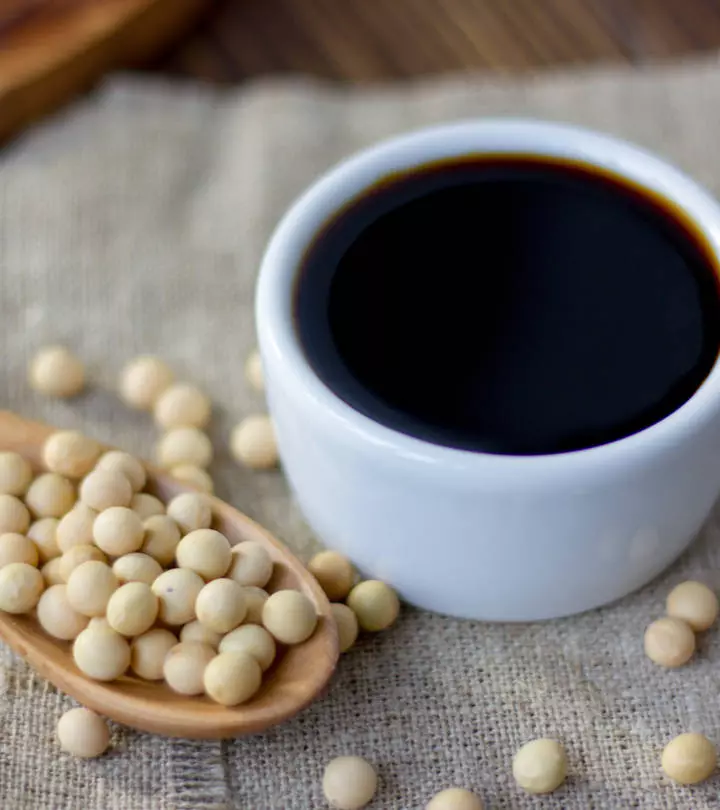
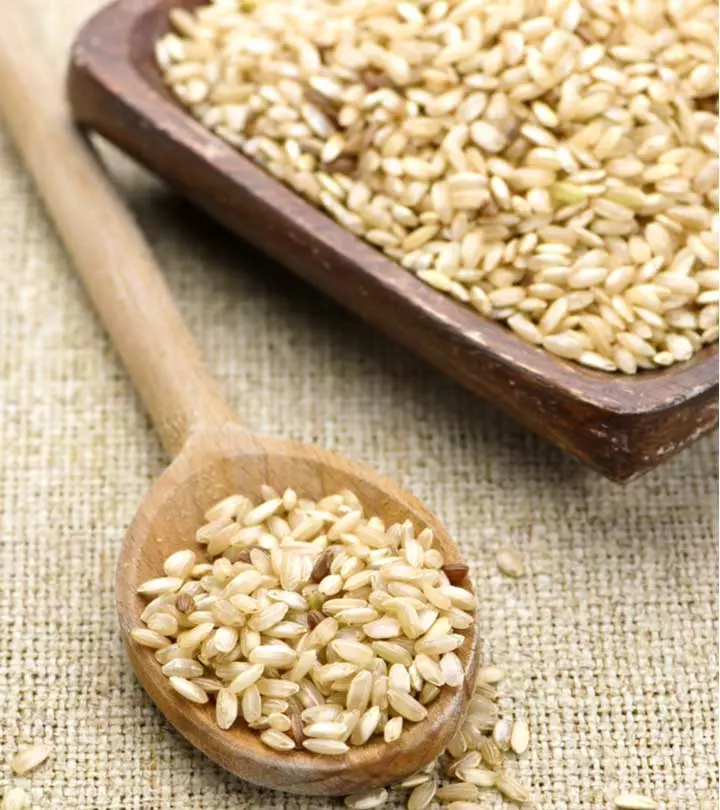
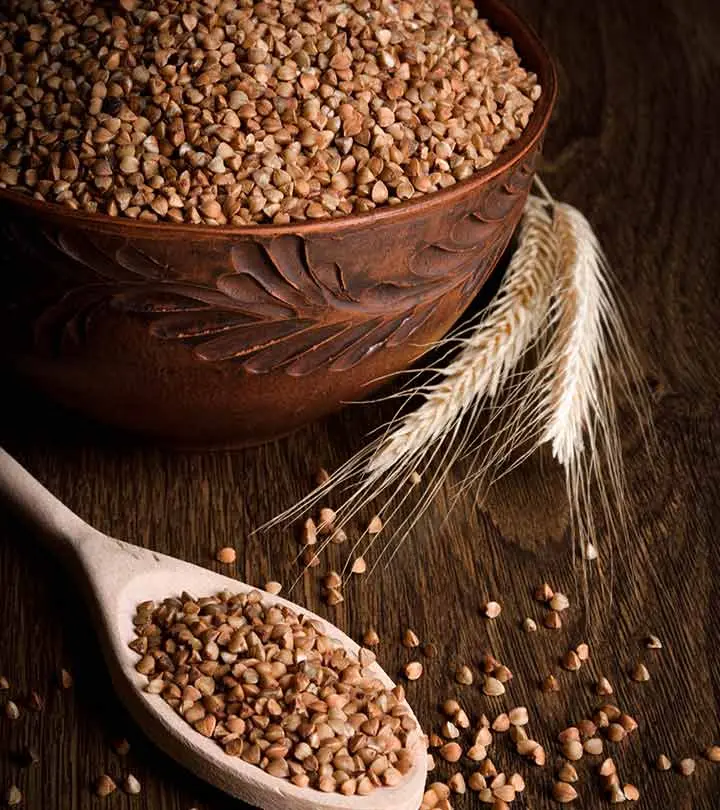
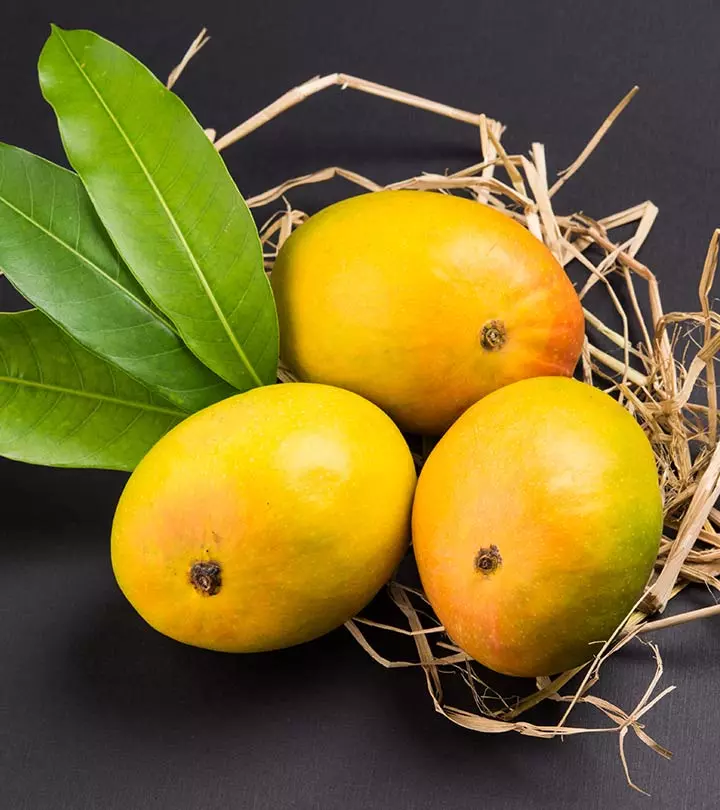
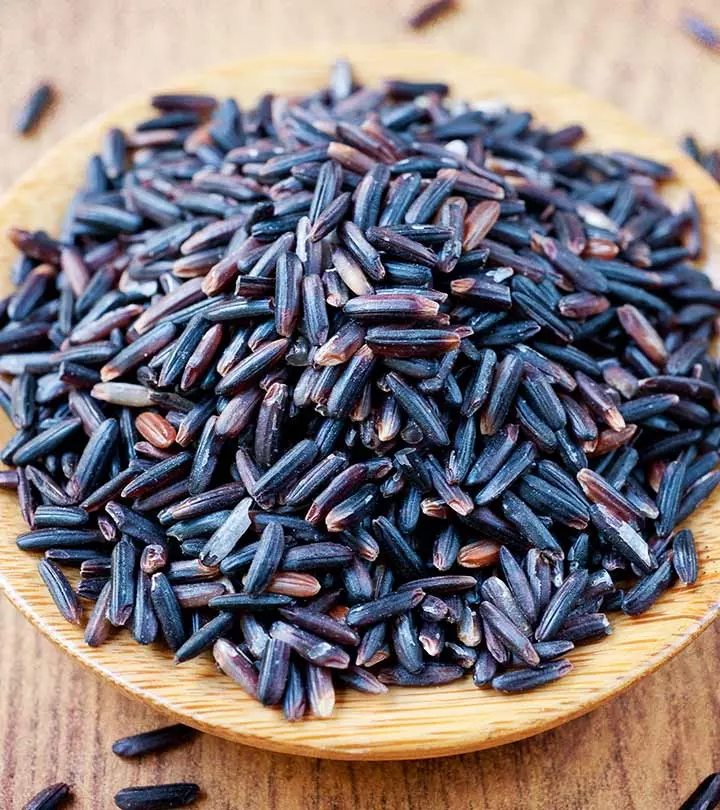
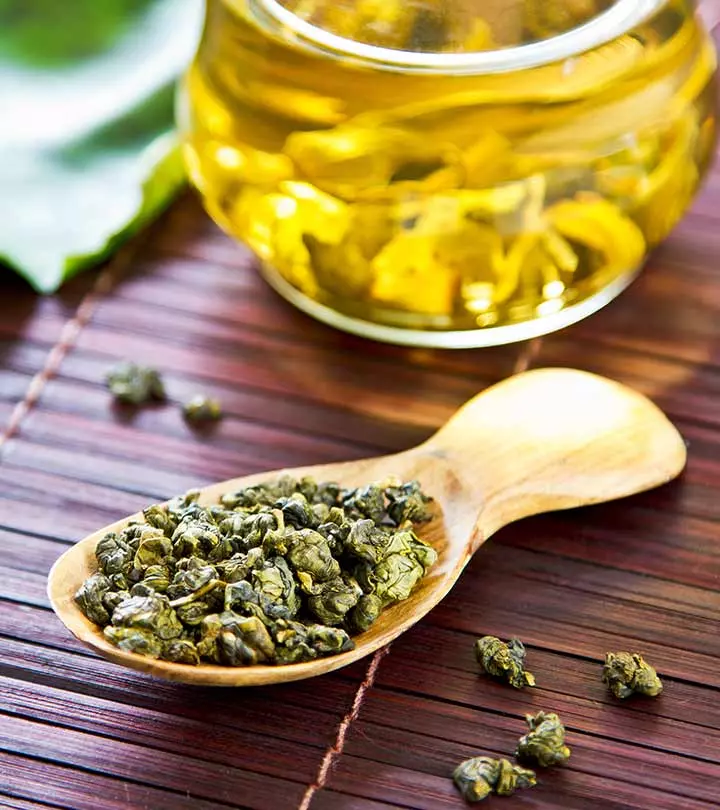
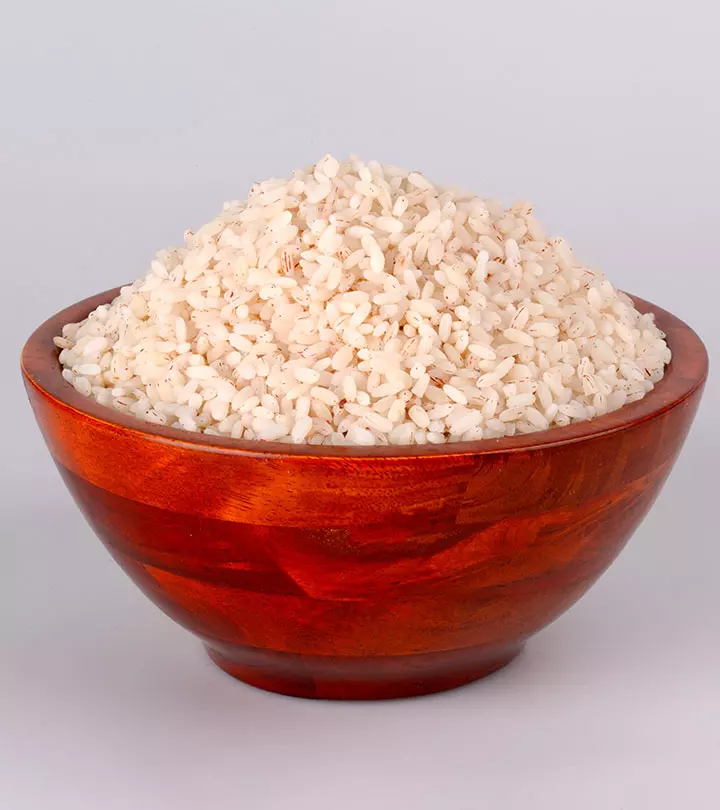
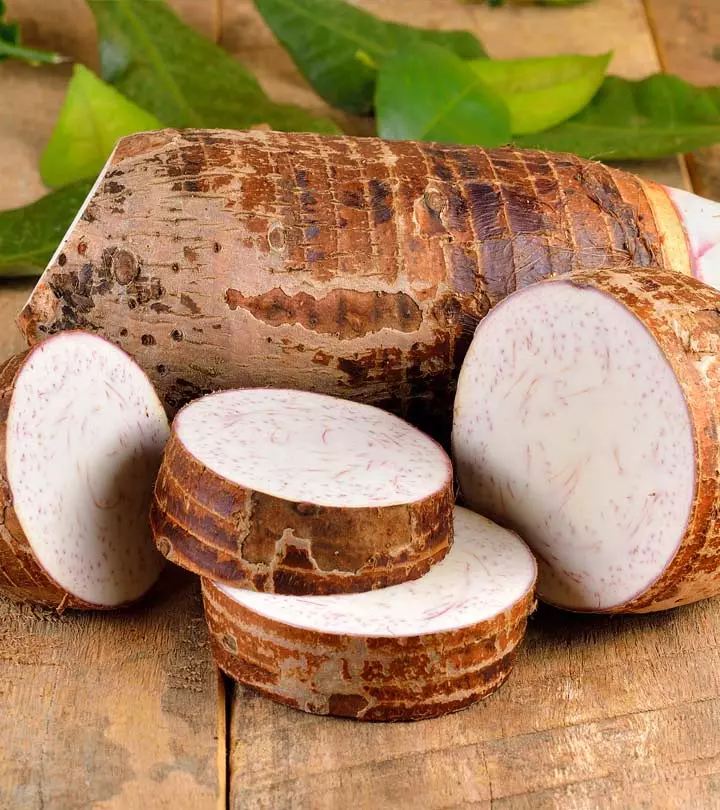
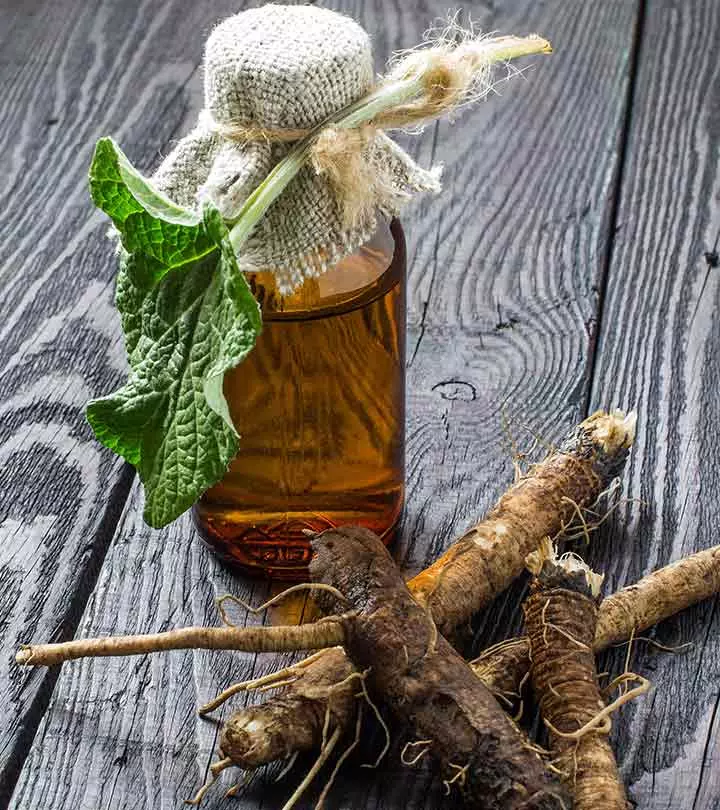
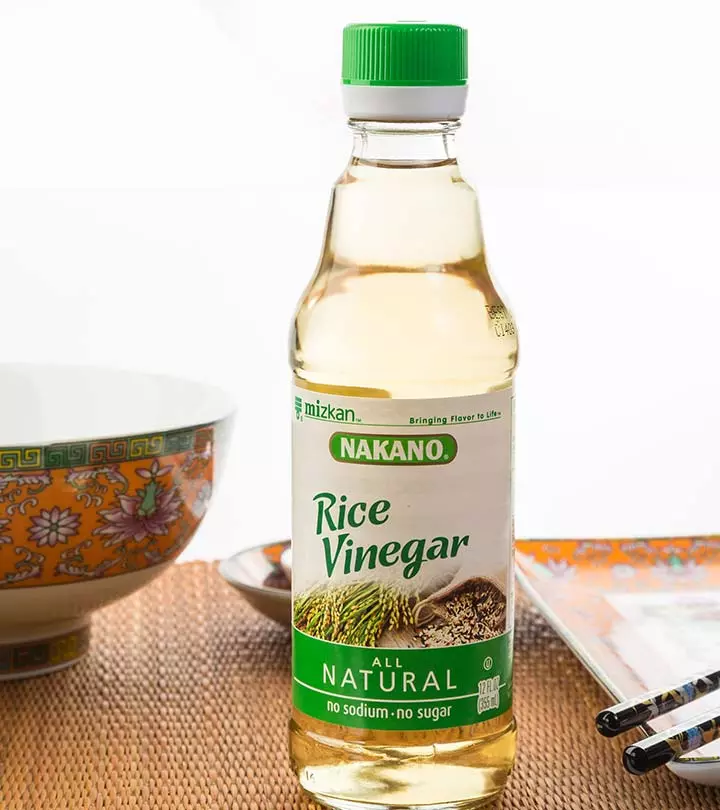




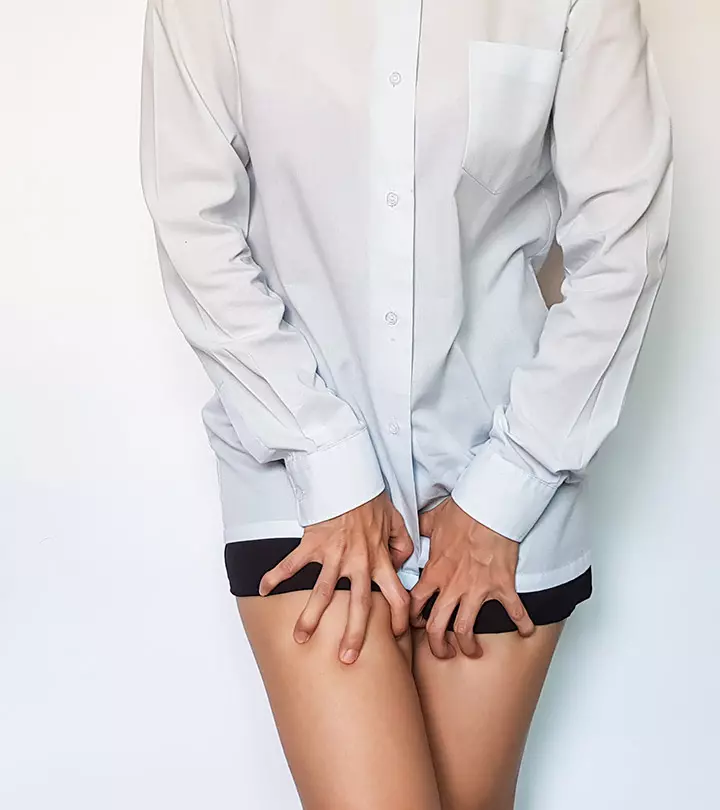


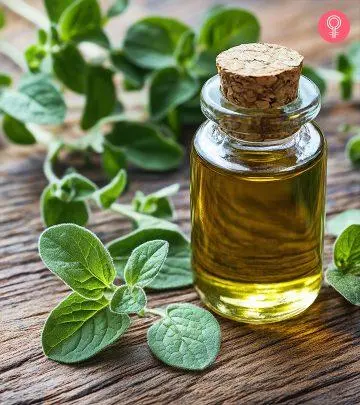
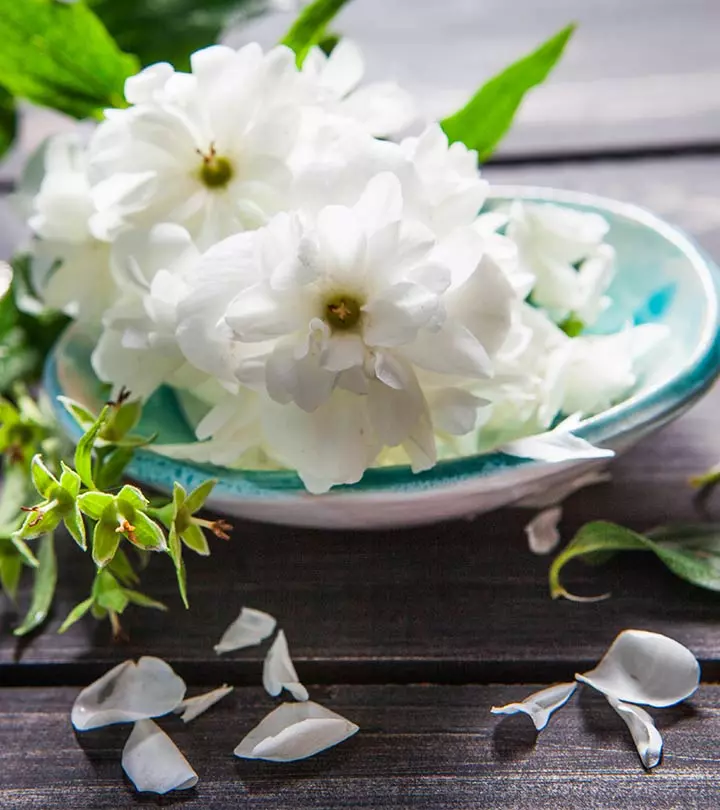



Community Experiences
Join the conversation and become a part of our empowering community! Share your stories, experiences, and insights to connect with other beauty, lifestyle, and health enthusiasts.